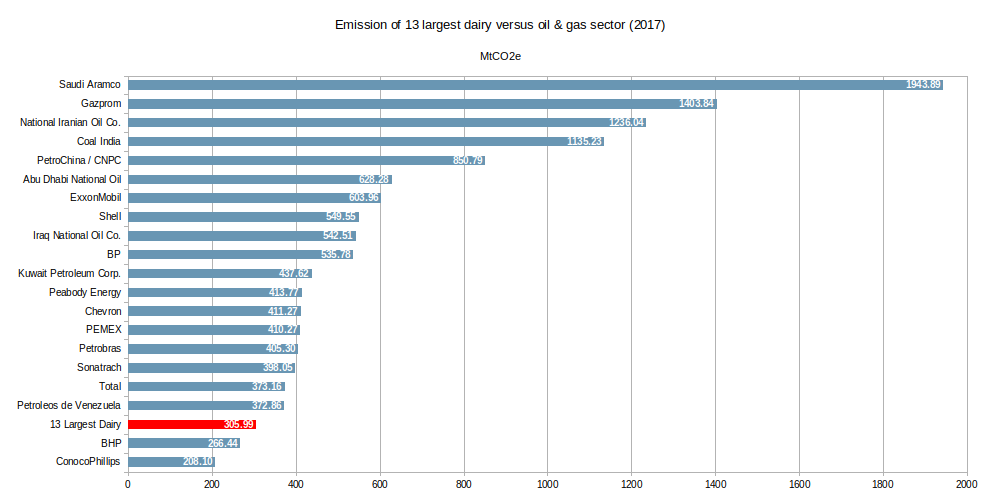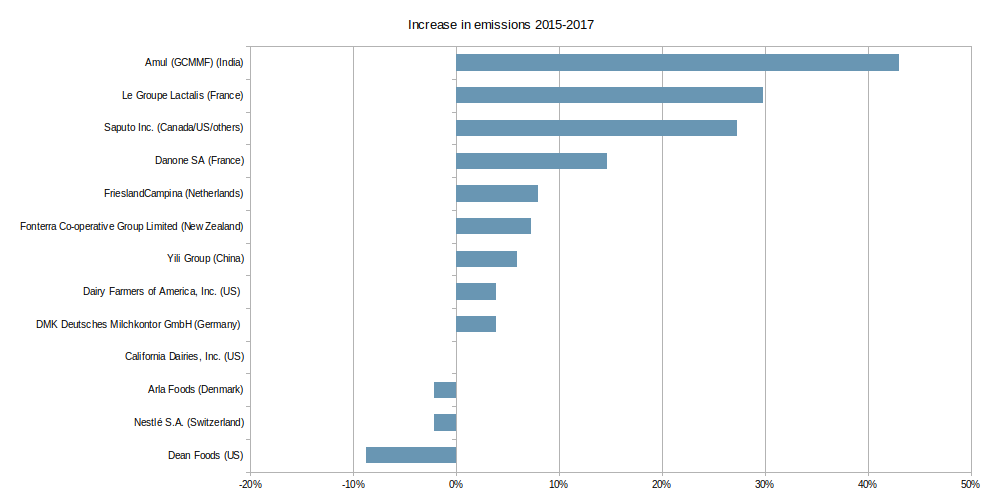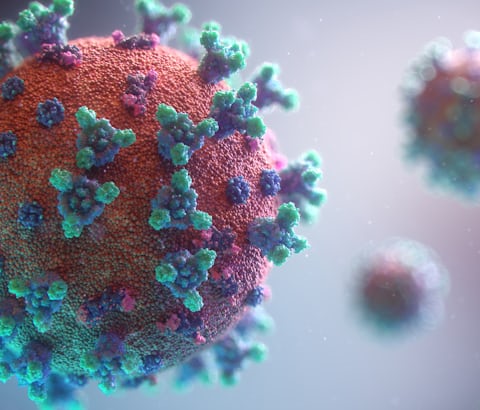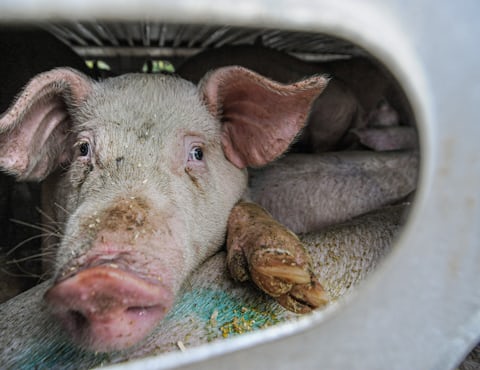The dairy industry’s toll on our planet
Vegan Society of Canada News
July 7th 2020
As we have shared before, dairy is problematic for many reasons, including our health as well as environmental and ethical concerns. The latest report by the Institute for Agriculture and Trade Policy (IATP) provides us with an update of the dairy industry’s toll on our planet.
The report shows that, in 2017, the combined greenhouse gas (GHG) emissions from 13 of the largest dairy producers in the world were greater than that of large oil and gas producers like ConocoPhillips or large mining companies like BHP. This should serve as a stark reminder of the considerable cost of dairy—not only in terms of the exploitation and the countless human and non-human animal lives that are lost—but also to our climate crisis.

Source: IATP and Climate Accountability Institute
Most regrettably, no dairy producers are accountable by law to verify their climate emissions or to fit within our Paris Climate commitment of 1.5°C. In addition, as we saw in Canada, the dairy lobby is very powerful with billions of dollars flowing from lobby groups to politicians and back to the dairy industry in the form of various direct and indirect subsidies. As it stands, Canada is not doing what is necessary to hold the dairy industry accountable.
Thankfully, others understand the seriousness of our climate crisis, and the international community at the UN Framework Convention on Climate Change (UNFCC) is currently discussing animal agriculture for the next climate meeting; we are hopeful for a decision to include greenhouse gas emissions from animal agriculture in the climate negotiations.
Very few dairy producers monitor their climate emissions, and of those most do not monitor the emission from their animals, which accounts for the bulk of it. In addition, those who do monitor emissions are trying to mislead the public, similar to various oil and gas corporations, by publishing emission intensity numbers in the form of greenhouse gas per litre of milk, which hides from the public the fact that absolute emissions are rising.
For example, while it was reported that the industry reduced their emission intensity by 11% from 2005-2015, this was hiding the fact that overall emissions increased by 18% over the same period.
In the two years since their last reports, the largest dairy producers increased their emissions on average by 11% and some by as much as 30%. This is the equivalent of 13.6 billion litres of gasoline burned.

Source: IATP
We should all realize that the levers we have to address our climate crisis are limited, especially in Canada where our government is seemingly steadfast in continuing the development of various natural resources. As we have discussed, the dairy industry and even animal agriculture at large is a minor part of Canada’s GDP, and if we want to fit within our Paris Climate change commitment we will have to make choices. It makes sense to eliminate animal agriculture since it represents a very small part of our GDP, and it will allow us to use our carbon budget more efficiently. In addition, countless lives will be saved.
To demonstrate animal agriculture’s minor contribution to our economy while being so destructive, we dug deeper into the statistics to isolate it from the rest of agriculture. As of 2019, animal agriculture contributes only 0.28% of Canada’s GDP. Below is a visualization of Canada’s GDP by major industry over the last 20 years, which clearly depicts the small role animal agriculture has always played in Canada’s economy.
We must be vigilant because various animal agriculture lobby groups often tout much larger numbers on the basis that animal agriculture creates many indirect jobs, such as the processors of animal products. However, we maintain that those jobs will shift to industries making certified vegan cheeses, certified vegan meats and other products suitable for vegans.
Even from a pure economical standpoint, the externalities of animal agriculture vastly outweigh their contribution to GDP. Canadians should be worried that an industry with such a small contribution to GDP is the largest lobby organization in Canada and receives a disproportionate amount of subsidies in relation to their contribution.
For example, if the “Real Estate and Rental Leasing” industry received proportionally the same amount of subsidies as animal agriculture received on average over the last 10 years, that would mean they would have received $122.657 billion dollars, or a little over one third of Canada’s budget in 2019. There is no valid reason for the animal agriculture industry to go unabated as it is today.
Once again we differ from the IATP in our ways of addressing those problems, the IATP states:
There is a way out of this dead-end through redirecting public funds away from industrial agriculture, regulating the public health, environmental and social impacts of this extractive model of production and designing incentives to regenerate rural communities and agriculture through agroecological practices.
Why is it that whenever we are faced with a sinking boat we go into elaborate details about efficient mechanisms to pump water instead of plugging the hole? Our exploitation of animals is the hole. Help us plug it.
A change of lifestyle offers individuals a powerful means to combat a range of issues, including personal health problems, climate change, loss of biodiversity, global acidification, eutrophication, freshwater shortages, pandemic prevention, antibiotic resistance, save countless lives and much more. We know of no other efficient way for individuals to address these critical challenges simultaneously without waiting for government, corporate, or technological interventions. By changing lifestyle, people can take immediate and impactful action. We encourage you to embrace this lifestyle change today. Contact us for support and to connect with local communities in your area.



